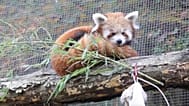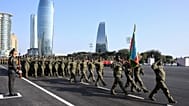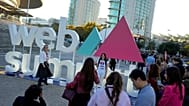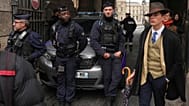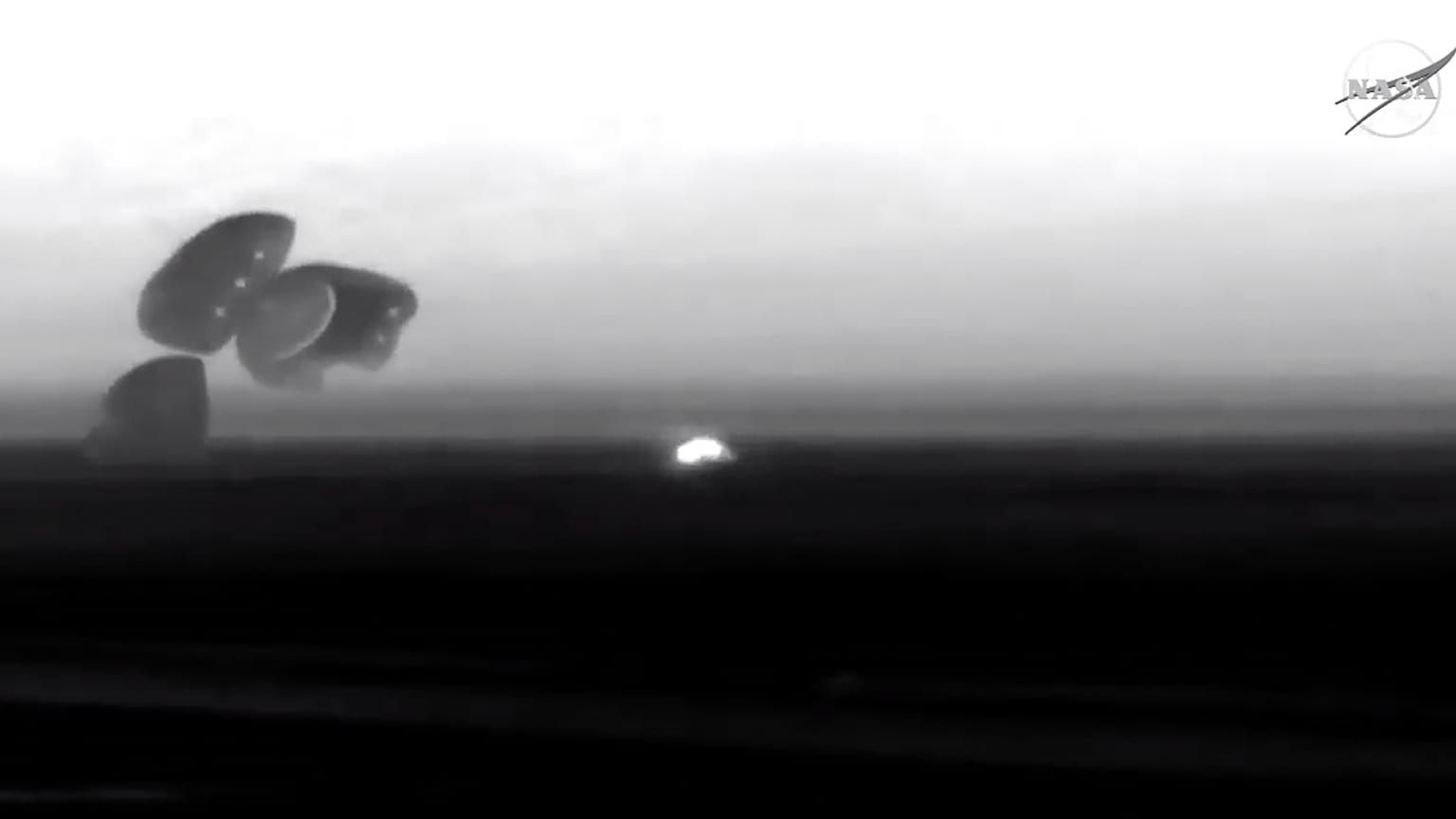Barely half an hour after lanching from Cape Canaveral on Friday, the Starliner ended up in the wrong orbit.
Boeing safely landed its crew capsule in the New Mexico desert Sunday after an aborted flight to the International Space Station that threatened to derail the company's effort to launch astronauts for NASA next year.
The Starliner descended into the Army's White Sands Missile Range in the predawn darkness, ending a two-day demo that should have lasted more than a week. All three main parachutes popped open and airbags also inflated around the spacecraft to ease the impact.
"Congratulations, Starliner," said Mission Control, calling it a successful touchdown.
A test dummy named Rosie the Rocketeer was in the commander's seat. Also returning were Christmas presents, clothes and food that should have been delivered to the space station crew.
After seeing this first test flight cut short and the space station docking canceled because of an improperly set clock on the capsule, Boeing employees were relieved to get the Starliner back.
Recovery teams cheered as they watched the capsule drift down through the air and make a bull's- eye landing. The touchdown was broadcast live on NASA TV; infrared cameras painted the descending capsule in a ghostly white.
It was the first U.S. capsule designed for astronauts to return from orbit and land on the ground. NASA's early crew capsules all had splashdowns. SpaceX's Dragon capsule, which made its orbital debut last winter, also aims for the ocean at mission's end.
The astronauts assigned to the first Starliner crew — two from NASA and one from Boeing — were part of the welcoming committee in the bitter cold.
Top NASA and Boeing officials poured into Mission Control in Houston, congratulating everyone on the landing.
The capsule's first trip to space began with a smooth rocket ride from Cape Canaveral on Friday. But barely a half hour into the flight, it failed to fire its thrusters to give chase to the space station and ended up in the wrong orbit.
The problem was with the Starliner's internal clock: It did not sync up with the Atlas V rocket, throwing off the capsule's timing.
The capsule burned so much fuel trying to orient itself in orbit that there wasn't enough left for a space station rendezvous. Flight controllers tried to correct the problem, but between the spacecraft's position and a gap in communications, their signals did not get through. They later managed to reset the clock.
Boeing is still trying to figure out how the timing error occurred. The mission lasted nearly 50 hours and included 33 orbits around the Earth.
Last month's parachute problem turned out to be a quick fix. Only two parachutes deployed during an atmospheric test because workers failed to connect a pin in the rigging.
NASA is uncertain whether it will demand another test flight from Boeing — to include a space station visit — before putting its astronauts on board. Boeing had been shooting for its first astronaut mission in the first half of 2020. This capsule is supposed to be recycled for the second flight with crew.
Despite its own setbacks, SpaceX remains in the lead in NASA's commercial crew program.

